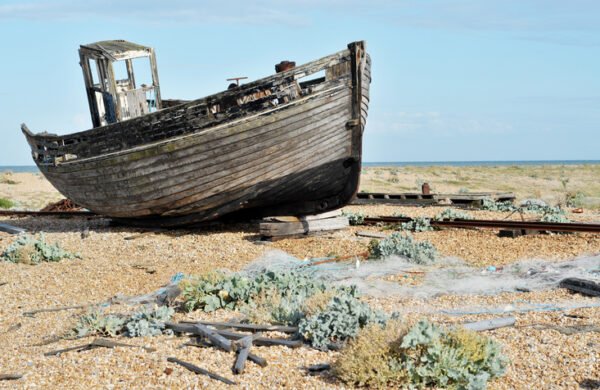Data on fishing activity
The new data on fishing activity was compiled using data from Global Fishing Watch – an open-access database that tracks fishing vessels in almost real-time – and Automatic Information System, or AIS, tracking data transmitted from boats’ communication systems and compiled by Lloyd’s List Intelligence.
It reveals that fishing vessels spent a combined total of 22,881 hours engaged in apparent fishing activity in Sargasso Sea in 2023.
The data show that these vessels mostly originated from Taiwan (13,021 hours of fishing in 2023), USA (4,169 hours), China Mainland (2,789 hours) and Spain (2,311 hours).
Including fishing vessels, more than 9,000 ships spent a combined total of 213 years crossing the Sargasso Sea in 2023 with a combined weight of over 500 million tonnes.
The majority of these vessels (7,236) were giant ships more than 100m long, weighing over 10,000 tonnes each.
Greenpeace in the Sargasso
The Arctic Sunrise has spent the last three weeks on a voyage through the Sargasso Sea. It has been documenting the stunning wildlife that lives there, conducting scientific research and engaging with decision-makers in Bermuda and the wider region.
Greenpeace UK is organising an open letter from Bermudian civil society, calling on the UK government to propose the Sargasso Sea as the first ocean sanctuary under the Global Ocean Treaty.
The letter also calls on UK foreign secretary David Cameron to ratify the Treaty before a General Election.
Greenpeace UK is holding a high-level political workshop in Bermuda, with representatives of the Bermudian government and other stakeholders including from the fishing community, to discuss the creation of a high seas ocean sanctuary on the Sargasso Sea as a part of a global network of protected areas.
Since most of the Sargasso Sea lies in the high seas, outside national borders, tools for restricting human activity here have been extremely limited.
The Global Ocean Treaty agreed in March last year makes it possible for governments to create sanctuaries on the high seas – like national parks at sea – where marine life can recover and thrive.
 Play Video about This Rock Might Just Save The World
Play Video about This Rock Might Just Save The World Play Video about Play 2 hours of rock
Play Video about Play 2 hours of rock Play Video about Play 2 hours of brook
Play Video about Play 2 hours of brook Play Video about Play 2 hours of sheep
Play Video about Play 2 hours of sheep















































